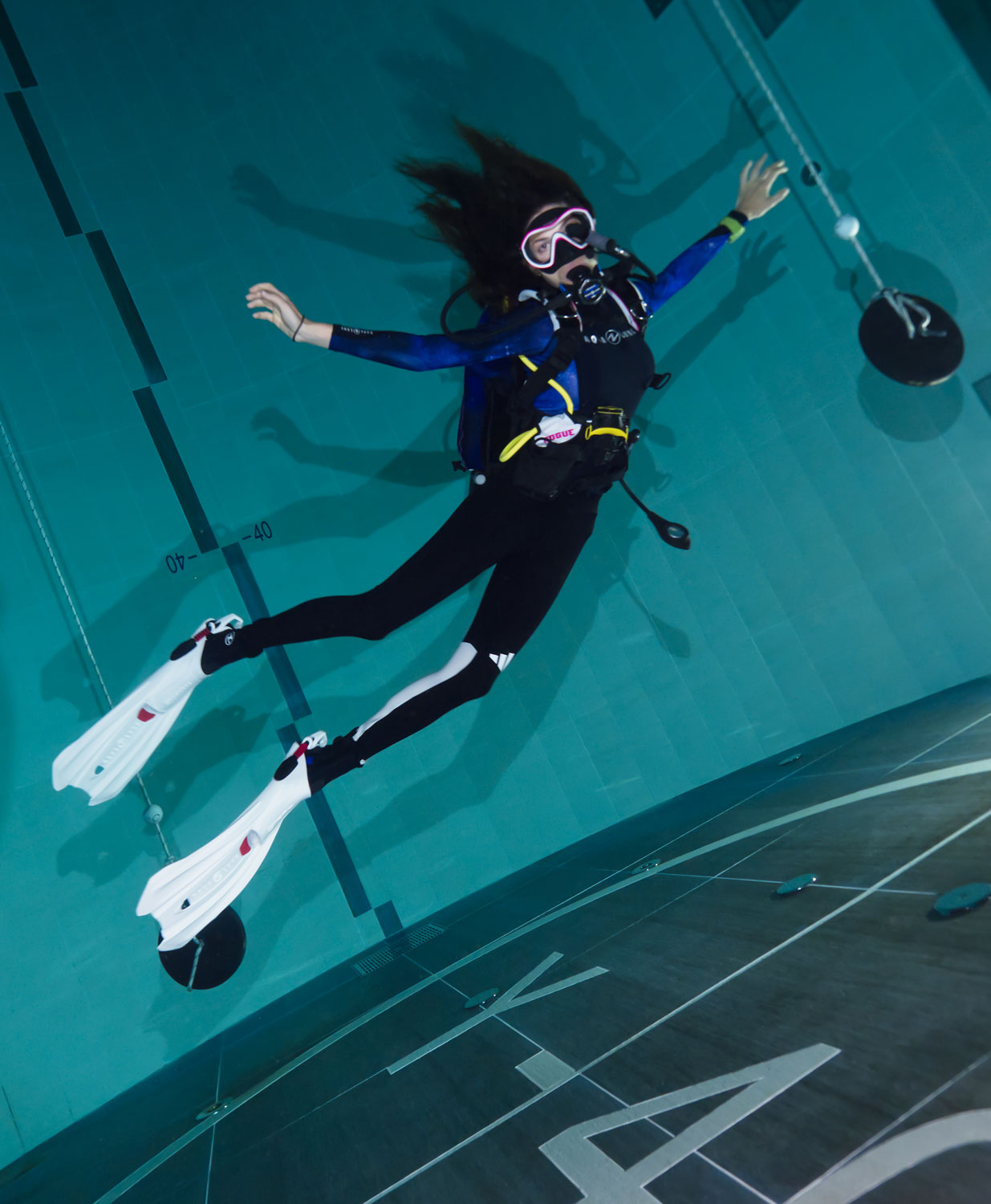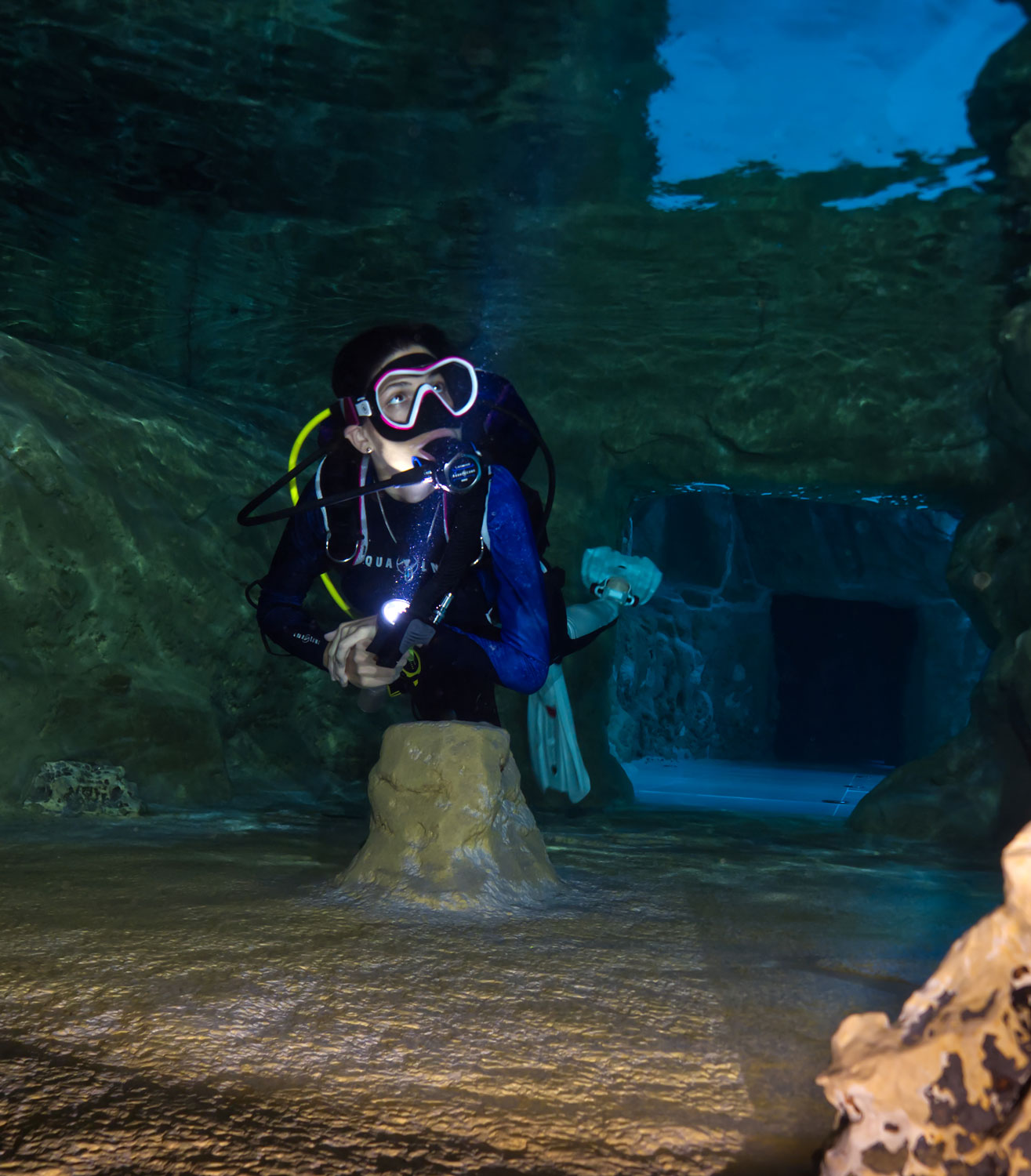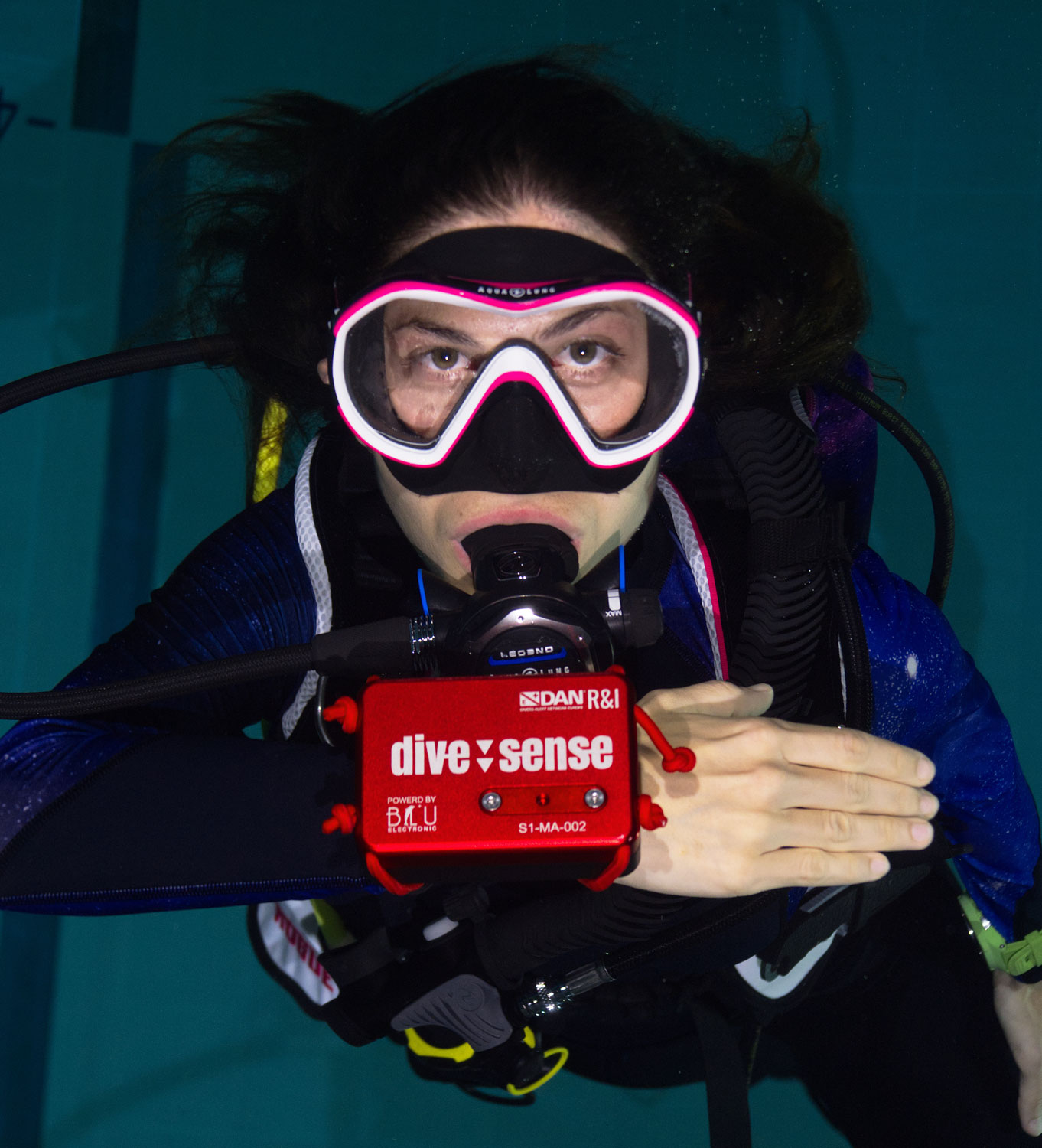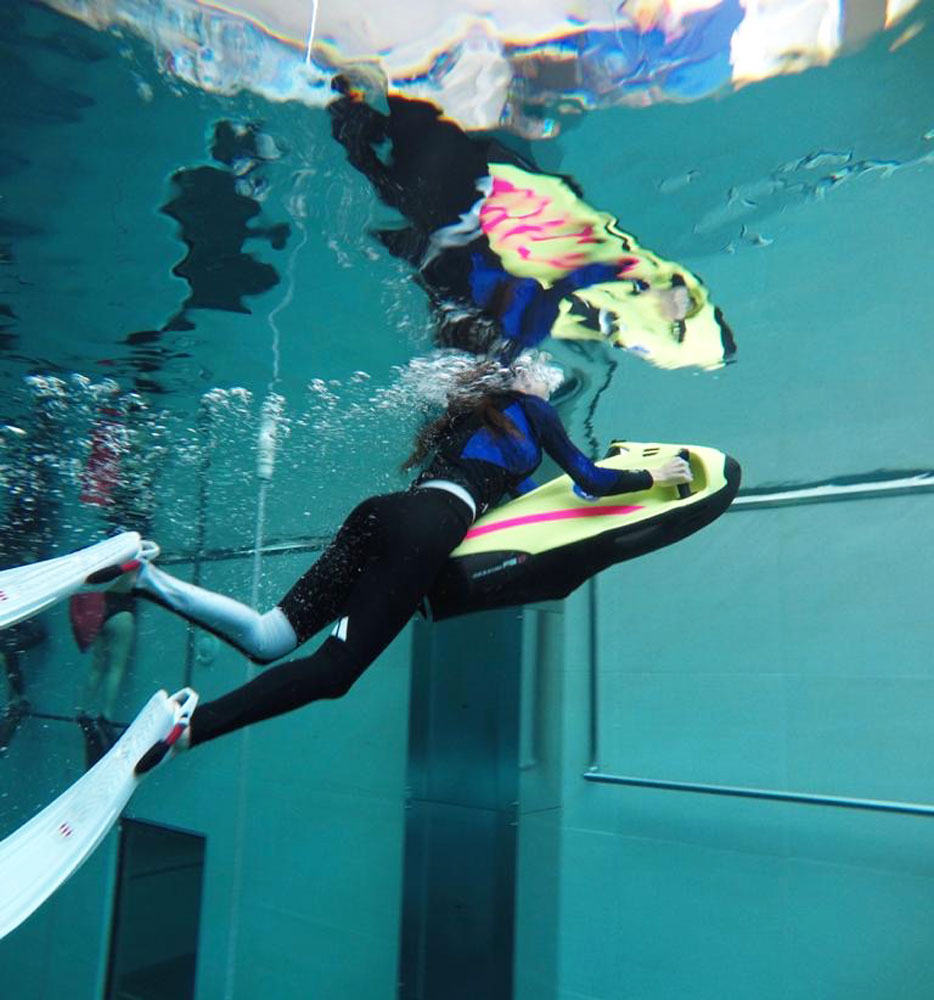Diving inspiration
Advancements in Diving Research: the Personalised Decompression
Surprising fact: most divers who suffered a decompression incident after a dive were following the dive plan, and respected the indications given by their dive computers.*
Why is it so, and how do we know this? Luckily, in the past few years a large number of divers of all ages, experience, and nationalities decided to donate their dive profiles to science, in this case the DAN Europe's Research projects. Giving back to the community is a great motivation for DAN Europe to dig even more into personalised decompression plans.
Small step back: DAN is deeply involved in a wide range of scientific and medical research. They’re really committed to it and over the time have become a point of reference for the international medical diving community. Yes, it's way more than "just" diving insurance!
Their latest project might be the next revolution in Diving Safety. What it is about? Small hint: it involves tracking your body parameters in real time while you scuba dive, adding precious information to your computer decompression algorithms. The idea is to register a more accurate value of Nitrogen load in the diver's body, and eventually create more personalised decompression diving plans. Pretty cool, isn’t it?
We were excited to get to know more about all this during a special 2-day trip in a very special location.

The Deep Joy
We travelled to Northern Italy, destination Y-40, the world's deepest pool (Guinness® World Record). The optimal, controlled conditions of this unique deep pool allow the DAN Europe scientific team to collect the data they need, and conduct studies aiming to increase diver safety.
Better known as “The Deep Joy”, this is the first and only facility for divers filled with thermal water. It has a record depth of 42,15m to be precise (more than a 13-floors building), different depth platforms, thermal water temperature of 32-34°C, and a 60-meter system of underwater caves for every level and training course. If all this isn't enough for you, it is located at just half an hour drive from the magical city of Venice – and of course, we took the chance to stop by and walk among its dreamy water channels!

The prototype
DAN researchers built a number of prototypes, working on the final product that will eventually be launched in the market.
The one we used consists on several sensors encased in a device that you carry with you throughout the dive. The device registers all relevant information of your diving profile, including parameters not yet traced by current scuba computers. Think about the equivalent of an aircraft black box, where all parameters that can be currently recorded are tracked. Once the dive has been completed, data are interpreted by a revolutionary software. Furthermore, the DAN Europe team is adding into the equation results from microbubble formation traced immediately after the dive.
To gather the information needed, they’re currently working with the O’Dive ONE compact vascular microbubble sensor (ultrasonic Doppler technology). This device is so easy to use, that it can be operated by yourself after the dive. Following basic instructions, you will be asked to place the sensor under your clavicle, enter the dive parameters on the O’Dive application, and synchronise your personal data. DAN Europe and Azoth Systems (the French company behind the O'Dive device) are currently collaborating to attain a better understanding of decompression in diving, according to current scientific knowledge and cutting-edge diagnostic trends.

Research and technology for safer diving.
The great effort and commitment that the DAN Europe Research team, along with partners and stakeholders, are dedicating to this initiative will hopefully allow us to minimise the decompression risk at the origin of dive accidents.
It’s our love for diving that makes us lure the depths, but only knowing the best practices and continuing to investigate human physiology will allow us to safely return to the surface over and over again.

* Data gathered by the DAN Europe Research team, out of more than 40.000 dive profiles analysed from the DAN Europe DSL (Diving Safety Lab) database. The decompression incidents analysed here exclude those originated by emergency surface ascents.
References
- Dive Risk Factors, Gas Bubble Formation, and Decompression Illness in Recreational SCUBA Diving: Analysis of DAN Europe DSL Data Base, Cialoni et al., Front. Psychol., 19 September 2017
- Identifying Decompression Risk Factors, Alert Diver (European edition) 10/2019
About the authors
Manu Bustelo is an environmental entrepreneur & MarCom specialist. He’s worked in the adventure industry for over 20 years, representing numerous brand. He currently works with Aqua Lung, PADI & DAN Europe as an Ambassador. Alana Alvarez is a Pharmacist with a huge passion for the sea & conservation. When not scuba-diving or working as a DAN Ambassador, Alana fills in her time connecting the dots between cooking and sustainable eating. They are a loving couple but above all, a team.


